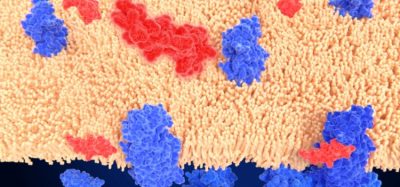Epilepsy rescue therapy significantly increases time between seizure clusters
Posted: 8 September 2022 | Hannah Balfour (European Pharmaceutical Review) | No comments yet
Newly published data indicates a significant increase in time between seizure clusters (SEIVAL) treated with Neurelis’s Valtoco® CIV.


“The most exciting finding of the study is the robustness of the signal in the cluster-interval data,” noted co-author and Assistant Professor of Neurology at Harvard Medical School, US, Dr Jurriaan Peters. “The results consistently showed a clinical and statistical increase in the time between use of intranasal diazepam, Valtoco, over time. This data highlights the potential for future research into additional benefits of rescue medications in treating individual seizure clusters.”
Neurelis’s Valtoco® (diazepam nasal spray) CIV is a nasal spray for the acute treatment of episodes of frequent seizure activity in adult and paediatric patients aged six years and older. It is an intermittent rescue therapy that may be used for treating seizure clusters – emergencies when two or more seizures occur within 24 hours, and increase the risk of status epilepticus, emergency room visits and reduced quality of life.
Of 163 treated patients enrolled in the 12-month study, an increase in time between seizure clusters (seizure interval [SEIVAL]) was noted from the first three months of the trial (Period 1) to all subsequent periods. A subset of patients (n = 76) from a 12-month Phase III safety study demonstrated the mean SEIVAL increased significantly, from 13.9 days in Period 1 (day 1-90) to 26.8 days in Period 4 (day 271-360), an average increase of 12.9 days between seizure clusters treated with Valtoco. The trial enrolled participants aged six to 65 years, in adult patients enrolled, Quality of Life in Epilepsy scores were maintained with increased SEIVALs.
“Neurelis is deeply committed to improving the lives of people with epilepsy and we are particularly enthusiastic about the potential of these findings,” commented Neurelis CEO, Craig Chambliss. “Until now, no data existed on the impact of intermittent rescue therapy on the long-term course of seizure clusters, and these results may open important new avenues of research on timely, safe and effective acute treatment application.”
The results of the study were published in Epilepsia.
Related topics
Clinical Trials, Drug Development, Drug Safety, Research & Development (R&D), Therapeutics









